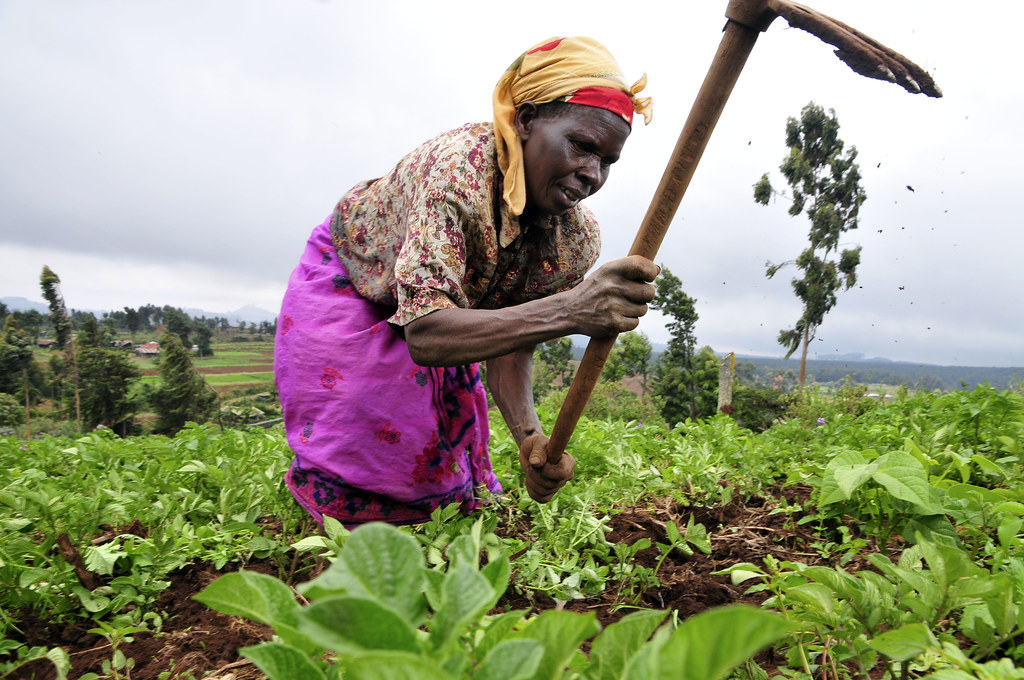- On April 17, 2025, Waiguru announced the inaugural meeting of the Steering Committee for the Youth in Agri-food Systems Strategy.
“Who will feed the nation in the next 20 years?” This is a question posed by Kirinyaga Governor Ann Waiguru following a statistic that the average age of Kenyan farmers is 65 years old.

According to Ann Waiguru, 68% of Kenyan youth live in rural areas, yet the average age of Kenyan farmers is 65 years old. It highlights a growing disconnect between the aging farming population and the vibrant youth demographic.
On April 17, 2025, Waiguru announced the inaugural meeting of the Steering Committee for the Youth in Agri-food Systems Strategy.

Read More
“This partnership between the Council of Governors and AGRA—Sustainably Growing Africa’s Food Systems aims to encourage and empower young people to engage in and lead Kenya’s food systems transformation across various value chains, while creating employment and empowering our youth,” she explained.
Kenyans have hailed this initiative as a wise move, especially given the high unemployment rates among the youth. However, reactions on social media, reflect a mix of hope and skepticism:
@MrOnsase commented, “By involving youth in agriculture today, Kenya secures a stable and resilient food supply for generations to come, reducing reliance on food imports.”
@Nyamai72 added, “This is what is needed. Most youths don't like anything to do with farming. By partnering with us and providing incentives for farm tools as well as helping us financially, Kenya can be assured of food sovereignty.”
@JosphOmuya remarked, “Involving youth in agri-food systems isn't just about jobs—it’s about sustainability, innovation, and national stability. This initiative is the right step forward.”
@SaraKe_biya emphasized, “The agri-food sector holds vast potential for employment. Engaging youth helps reduce unemployment and underemployment, especially in rural areas.”
However, not everyone seems convinced. @ItsNguiNzuve voiced a common concern: “We have brilliant minds and solid strategies on paper—this one included. But something happens between the boardroom and the ground. Everything you’ve said is perfect, yet actualizing it is where the system always draws the line. Why?”


-1766009103-md.jpeg)





-1766009103-sm.jpeg)



